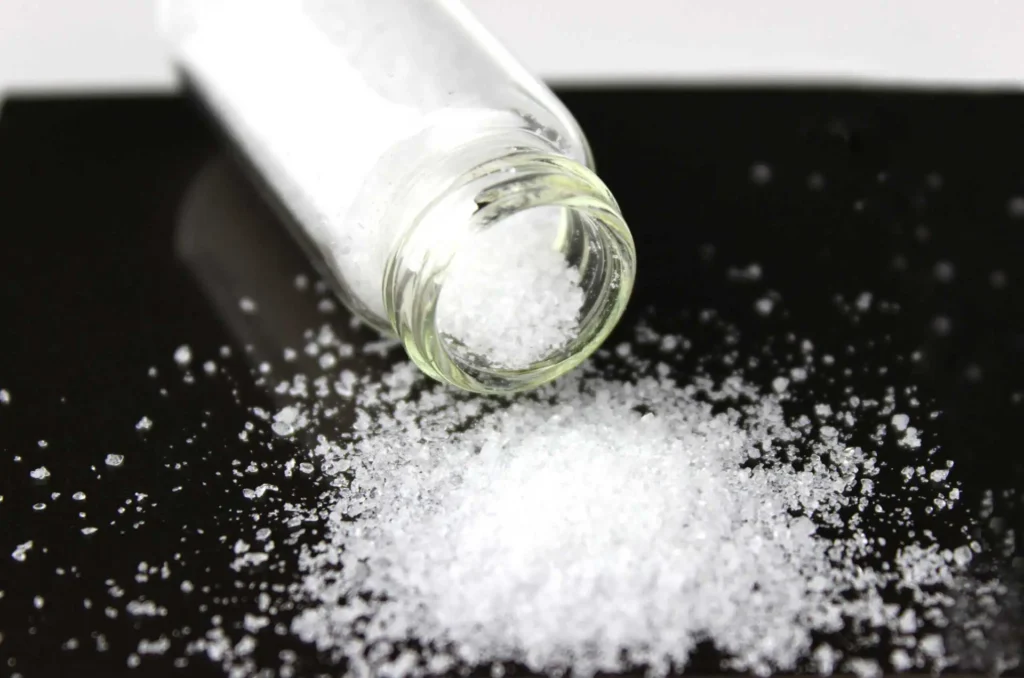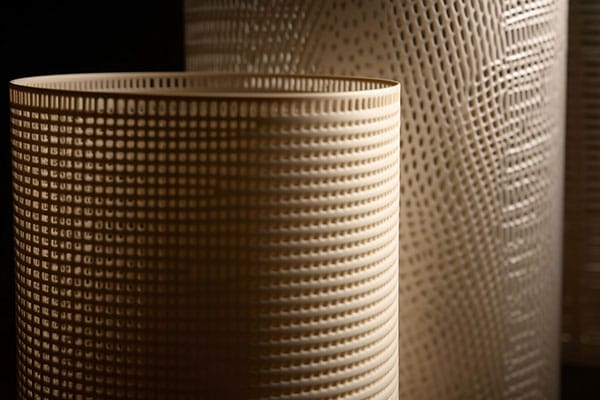Why are photovoltaic modules affected by PID?

Introduction Solar power plants’ long-term profitability is determined by the stability and efficiency photovoltaic modules. The PV modules can suffer from Possible Induced Decay (PID) during prolonged operation. This phenomenon leads to a reduced power output and lower efficiency. It may even pose safety risks for the whole PV system. PID can have a major impact on the energy […]
Common Stabilizers Used in the Production of Polyester Monofilament

Introduction Polyester monofilaments are widely used in various industries, including textiles, industrial applications, fishing lines, 3D printing, and medical sutures. These materials are highly valued for their flexibility, strength, and durability. However, polyester is susceptible to several types of degradation during processing and production, including hydrolysis and UV-induced damage. These degradation mechanisms can negatively affect […]
Transforming PU Tactile Paper Coatings with Polycarbodiimide Crosslinkers

Transforming PU Tactile Paper Coatings with Polycarbodiimide Crosslinkers Enhancing the tactile experience while maintaining quality and durability is a constant challenge for paper manufacturers. Polyurethane (PU) tactile paper coatings have long been a popular choice for adding a luxurious and distinctive feel to various paper-based products. However, like any coating system, they come with their […]
Carbodiimide Hydrolysis Resistance Agent: The Key to Precisely Regulating the Service Life of PBAT Degradable Mulch Film

With the increasing awareness of environmental protection, degradable mulch films have gained significant attention as an ideal substitute for traditional plastic films. These films are commonly made from polybutylene adipate terephthalate (PBAT), a biodegradable and processable material. However, PBAT mulch films exhibit poor hydrolysis stability in natural environments, making it difficult to precisely control their […]
Epoxy Chain Extenders in rPET Straps: Transforming Recycling into Reliability

In the dynamic landscape for sustainable materials, rPET straps (recycled Polyethylene Terephthalate) have emerged as game-changers. To unlock their full potential, epoxy chain extenders are crucial. This blog explores the benefits, applications, and future of rPET straps enhanced with epoxy chain extenders. 1. Introduction 1.1 Rise of rPET Straps The demand for eco-friendly packaging and […]
Structure of Photovoltaic (PV) Solar Panels and Types of Photovoltaic Films: Applications and Developments

The photovoltaic industry, a key player in the solar power generation sector due to the growing global demand for renewable energy, has developed rapidly. As the main components of the solar energy conversion process, photovoltaic panels directly influence the efficiency and lifetime of solar power systems. Photovoltaic films are crucial in the production of solar […]
How to Reduce rPET Aging During Processing?

Introduction Recycled Polyethylene Terephthalate (rPET), a sustainable alternative to virgin PET, plays a crucial role in promoting a circular economy. It helps reduce plastic waste and decreases reliance on virgin materials. However, during recycling and reprocessing, rPET often suffers from aging issues, leading to reduced mechanical properties, lower intrinsic viscosity (IV), and poor processability. The […]
How to Improve the Stability and Durability of Polyester Monofilament when it is Humid?

Polyester monofilament is vital in materials science, being applied in textiles, industry, and medicine due to its high strength and wear resistance. In the industry, it ensures the smooth operation of tasks like lifting and fishing net – making. In medicine, its biocompatible and flexible sutures are reliable. In textiles, it is a key raw […]
Anti – PID Additives: The Key to Prolonging PV Module Lifespan

Role and Principles of Anti-PID Additives in Photovoltaic Modules As the photovoltaic (PV) industry expands, PV modules are being increasingly adopted in various applications across domestic, commercial, and industrial energy solutions. However, over time, PV modules face several issues that reduce efficiency and shorten their lifespan. One such issue is Potential Induced Degradation (PID). To […]
